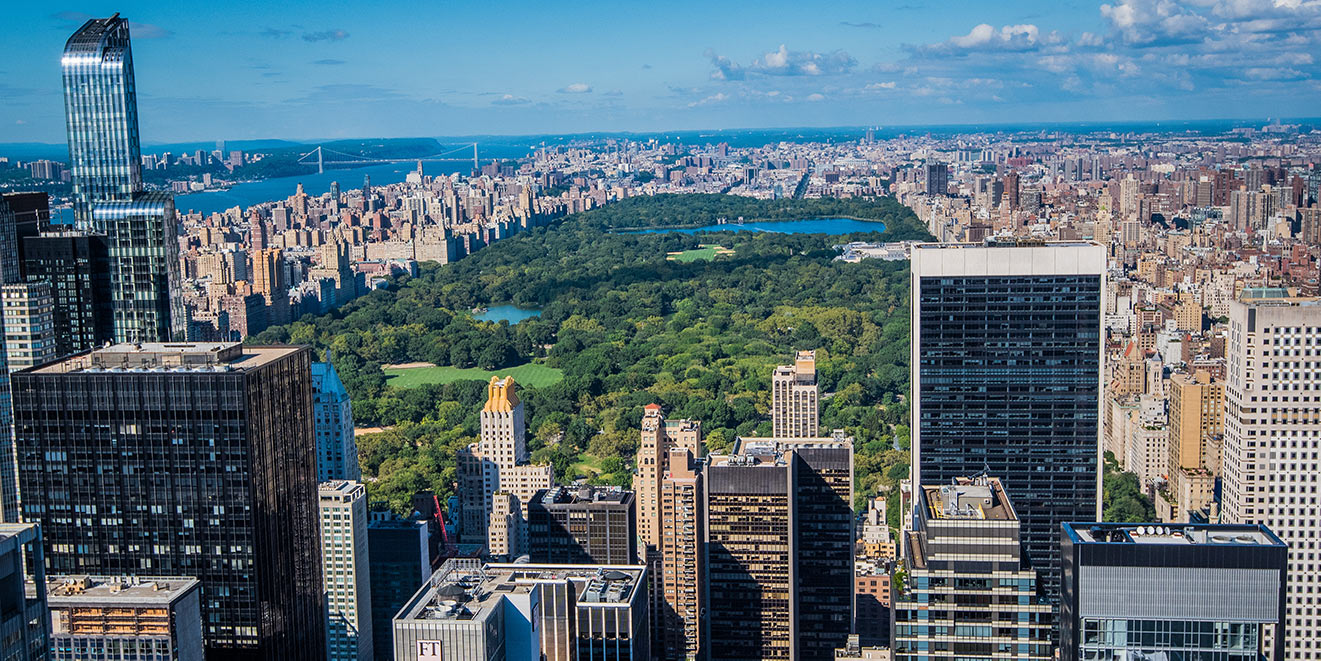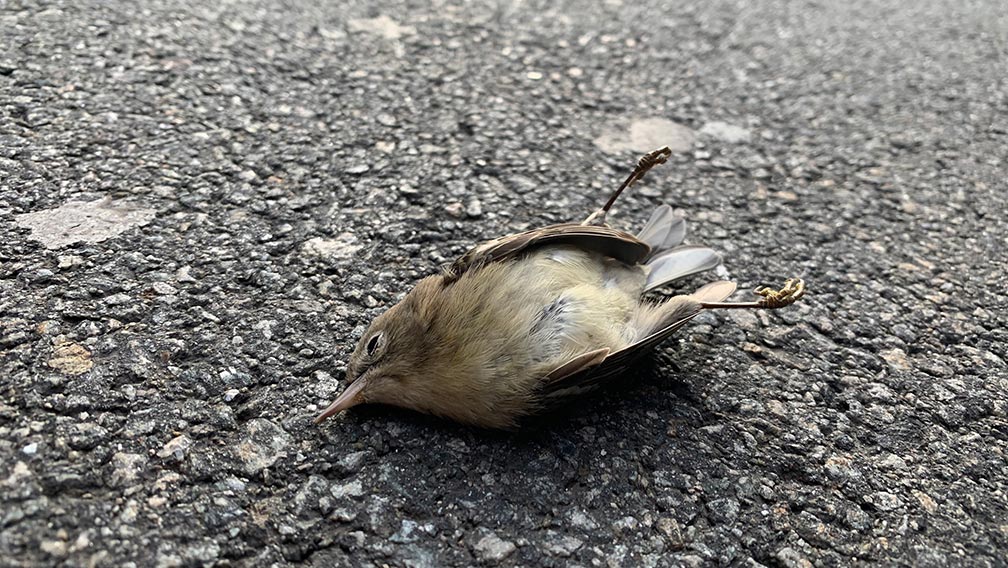

Join BirdNote tomorrow, November 30th!
Illustrator David Sibley and actor H. Jon Benjamin will face off in the bird illustration battle of the century during BirdNote's Year-end Celebration and Auction!
Window strikes are among the most serious threats to birds in North America, killing an estimated 1 billion birds every year. In New York City, between 90,000 and 230,000 birds die annually from collisions with the city’s buildings, according to NYC Audubon. But legislation passed in December 2019 that requires bird-friendly glass on new construction offers a hopeful precedent.
BirdNote's Mark Bramhill visited the Big Apple in October 2019 to learn more about this complex problem — and how the community is responding. Join Mark as he connects with Project Safe Flight, a community science project, and Wild Bird Fund, the only wildlife rehab center in New York City.
Though tall buildings kill millions of birds, they're only half of the problem.
According to American Bird Conservancy, nearly 50 percent of bird collision mortality happens on home windows. Preventing window strikes is a shared responsibility in our communities. Fortunately, there are lots of ways to help, whether you're an architect or a homeowner. Together, we can #BringBirdsBack.
Three Ways to Make Your Home Safer for Birds:
1. Reduce lighting at night. Light pollution can disorient birds and draw them in to urban areas. Decreasing lighting overall — especially omnidirectional lighting — can greatly help birds.
2. Add bird-friendly anti-collision stickers to your windows. Simple, inexpensive, do-it-yourself products like Feather Friendly will help make your windows safer for birds. When you create a dense pattern on the outside of the window, birds will perceive a solid surface that they can't fly through. This treatment is especially important on windows that reflect green space or other desirable bird habitat. Make sure the stickers are placed every two to four inches — any farther apart and birds will try to slip through!
3. Keep bird feeders close to windows. This may seem counterintuitive, but if bird feeders are within 3 feet of dangerous windows, birds can't pick up enough speed for collisions to be deadly. Cornell has more info about bird feeder placement.
Resources for bird-friendly building design:
Guide to bird-friendly design from American Bird Conservancy and NYC Audubon
Bird-friendly architectural products
Resources for homeowners:
Make your house and yard safer for birds
More initiatives that aim to prevent window strikes:
Lights Out - Audubon, Creating Bird-Friendly Communities
FLAP - Fatal Light Awareness Program, in Canada
Learn about New York City's landmark bill for bird-friendly buildings:
Read the stories in Audubon Magazine and Smithsonian Magazine


